Since last week’s featured wildflower was so unobtrusive, I’m going to the other extreme today with one of the showiest wildflowers around. The bright red flowers, not often seen in natural Iowa habitats, are also appropriate for July 4 week. Ruby-throated hummingbirds and Swallowtail butterflies feed on the nectar.
Technically, Oswego tea (Mondarda didyma), also known as scarlet bee balm or red bergamot, is not an Iowa wildflower. Although the Natural Resources Conservation Service website shows Iowa within the native range for this plant, the Illinois Wildflowers website describes the plant as “native to the Northeastern states, but its original range did not extend as far to the west as Illinois.” Likewise, Sylvan Runkel and Alvin Bull write in Wildflowers of Iowa Woodlands that oswego tea is indigenous to the eastern U.S. and “has escaped from garden plantings in our area. Its beautiful crimson flower may brighten woodlands in late summer.”
Oswego tea is closely related to Horsemint (bee balm, wild bergamot), a native plant common throughout Iowa along roadsides, pastures or woodland edges. Both plants have flowerheads that are a cluster of tube-shaped flowers without scent. However, the leaves of horsemint and oswego tea have a “minty aroma.”
Lately I’ve noticed the first American bellflowers blooming along central Iowa bike trails. That’s one of my favorite summer wildflowers. I don’t have any recent photos of bellflowers, but at the end of this post I included two shots of summer fruit growing in the wild.
This post is also a mid-week open thread: all topics welcome.
A group of oswego tea. The tubal flowers haven’t started to open yet on the shortest plant, in the foreground.
A closer look at a flowerhead that hasn’t bloomed yet:
The flowers on this plant will open any day.
Closer look at a blooming oswego tea plant. Some kind of caterpillar has been feeding on the leaves.
The top plant is in full bloom, while the bottom one has only a few flowers open on the head.
The taller plants interspersed among the flowering oswego tea are wingstem, which will bloom later this summer.
This week I saw a few ripe black raspberries. Most of the fruit on black raspberry plants isn’t ready to pick, though.
Final shot: a May apple fruit that somehow escaped the hungry deer who seem to have eaten the fruit from all the other nearby plants.


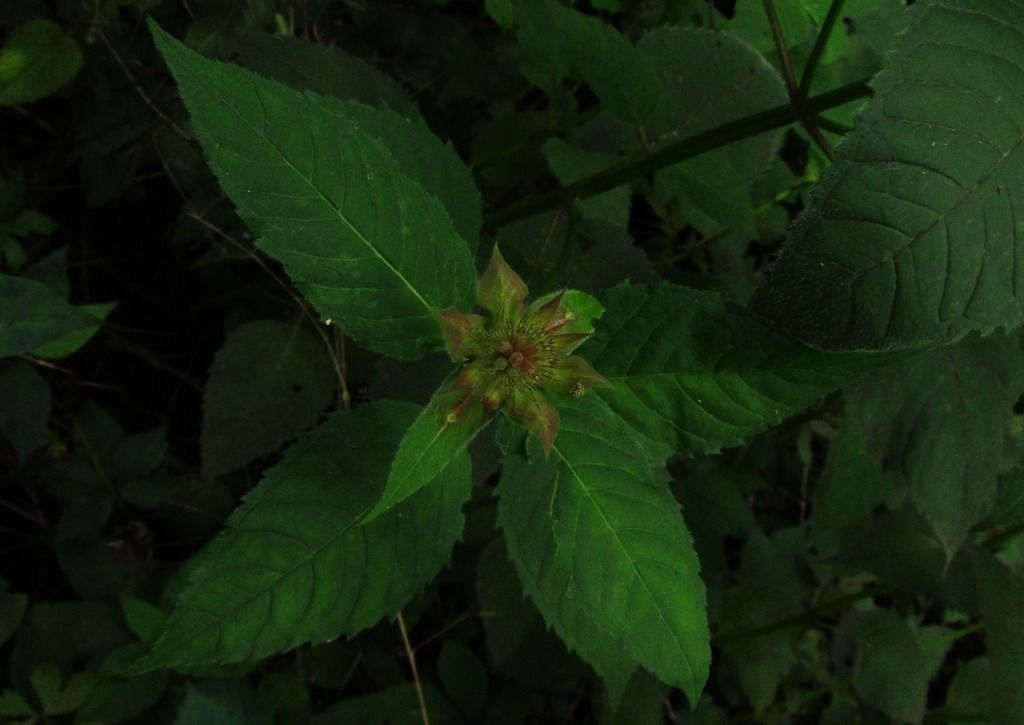
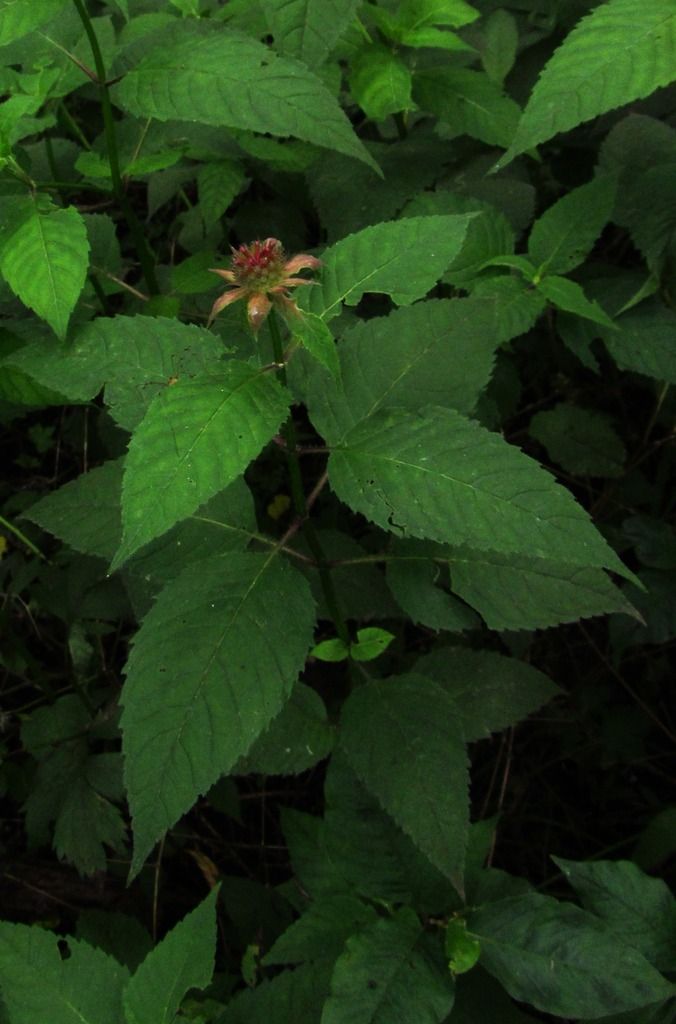

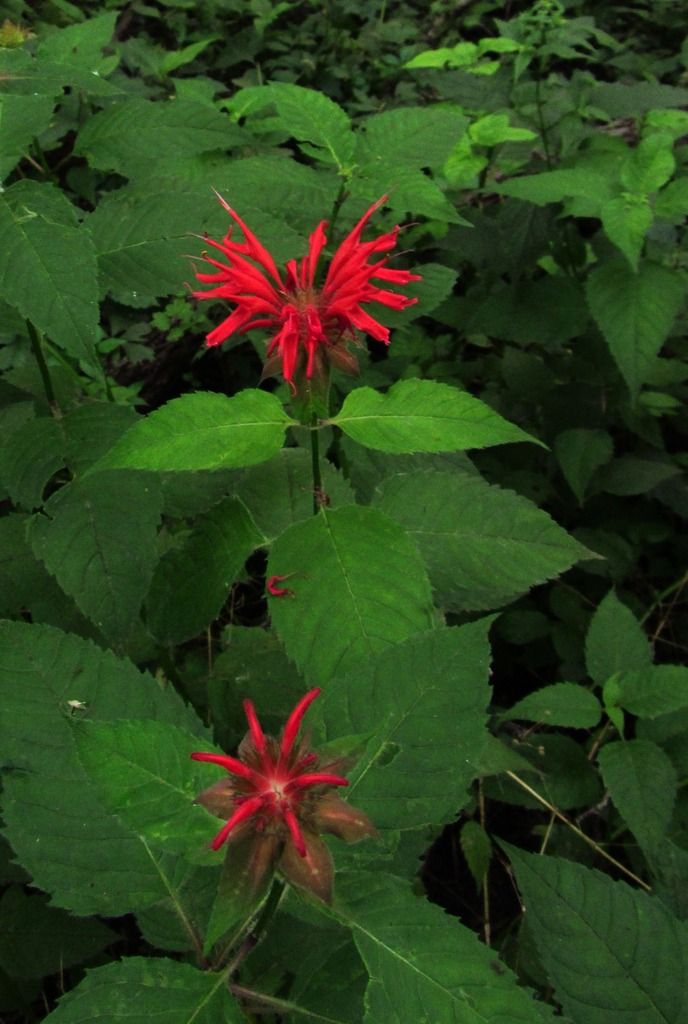
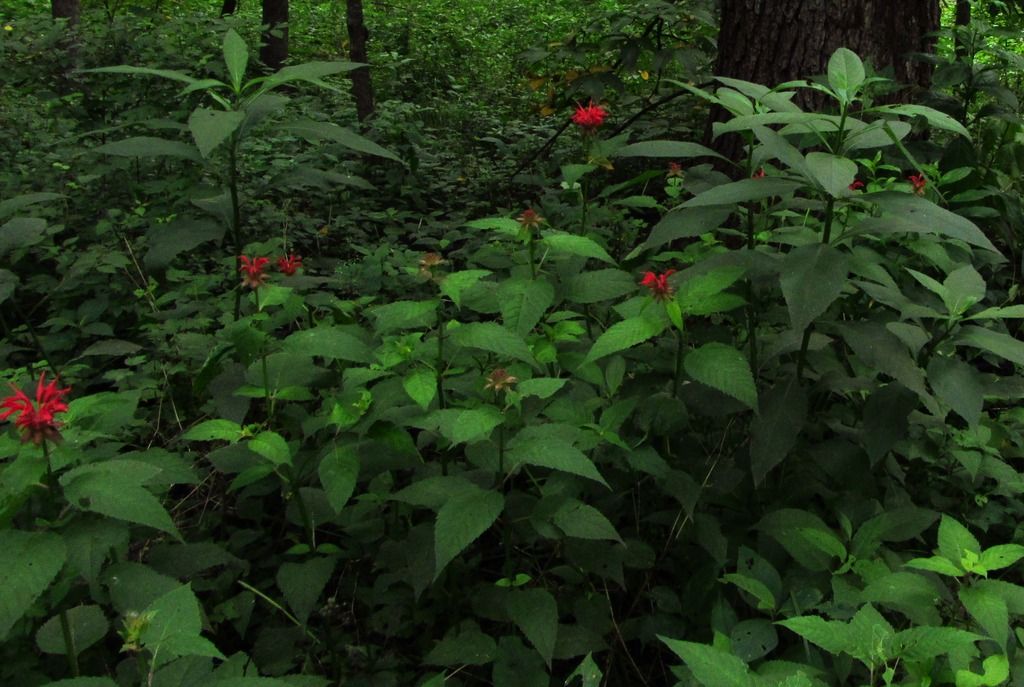
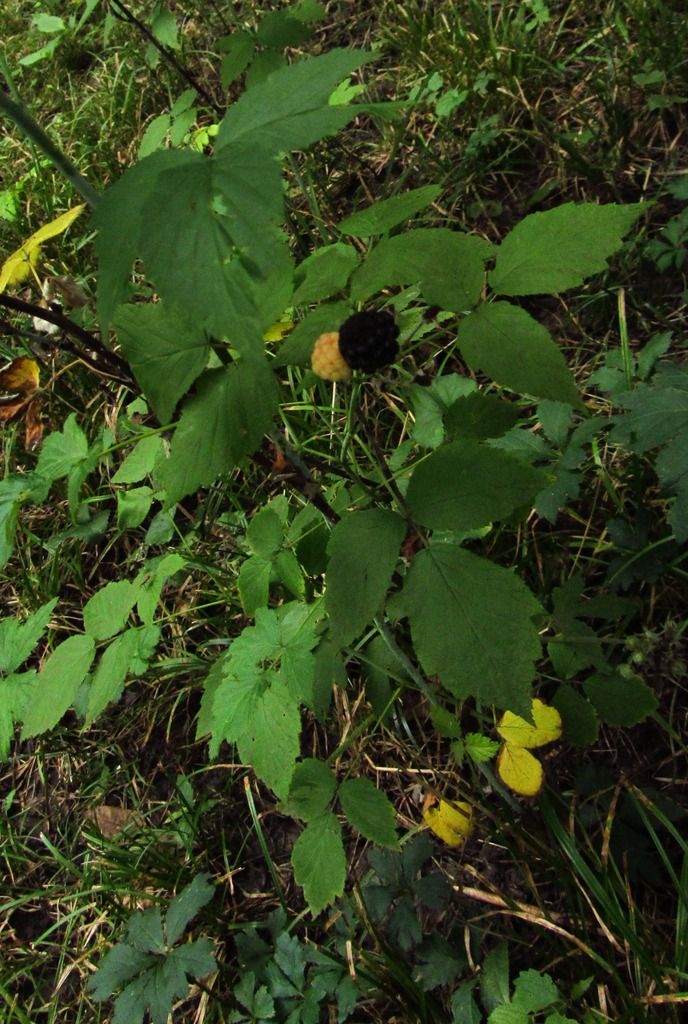

1 Comment
Bee balm
I have a stand in our rain garden. Among the first to bloom. I’ve been told the stand will only last a few years then peter out. That’s what seems to be happening. Beautiful flower.
rockm Wed 1 Jul 10:36 PM